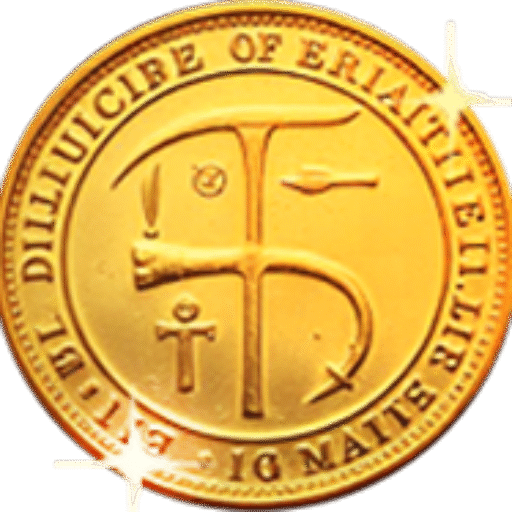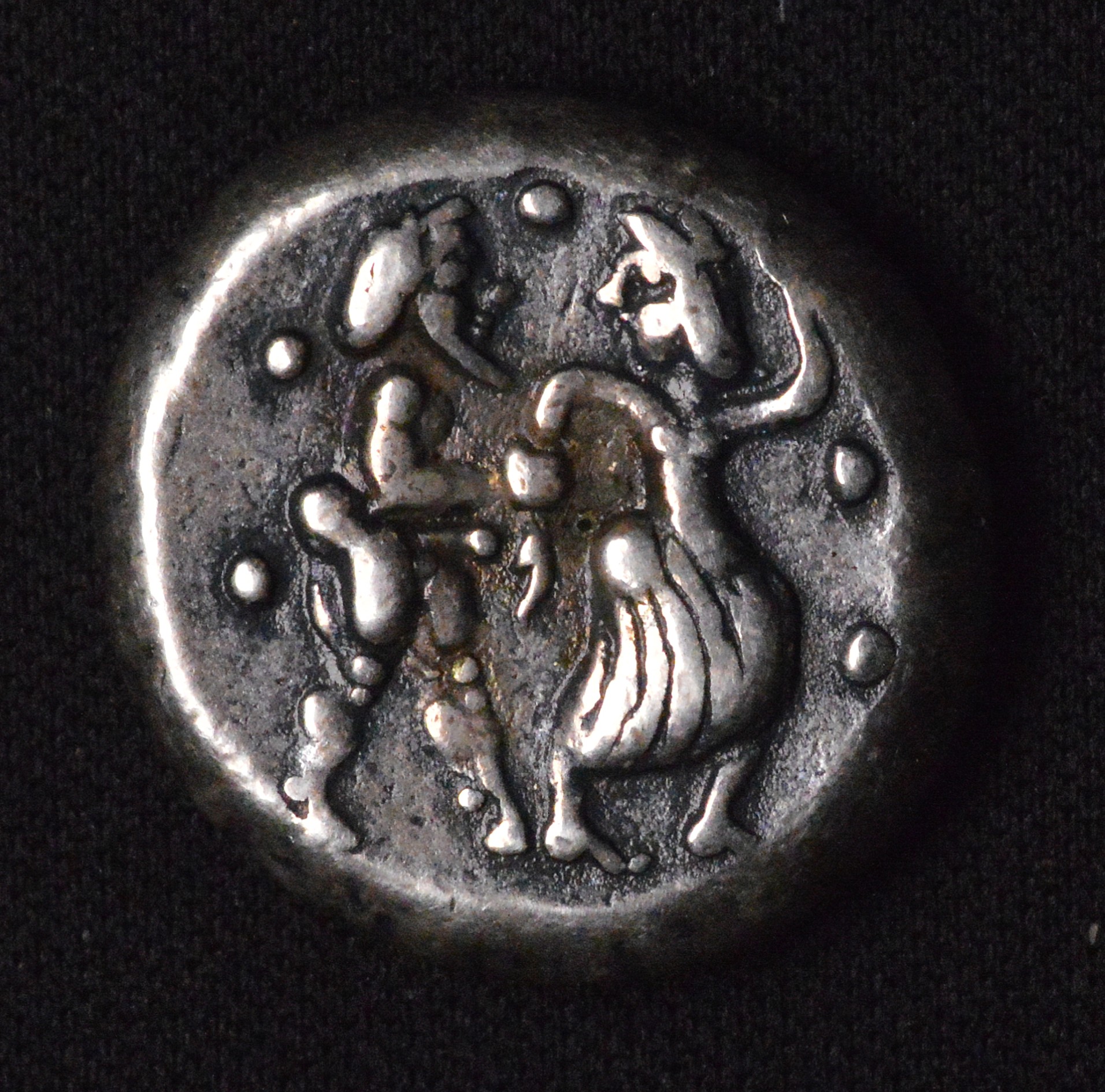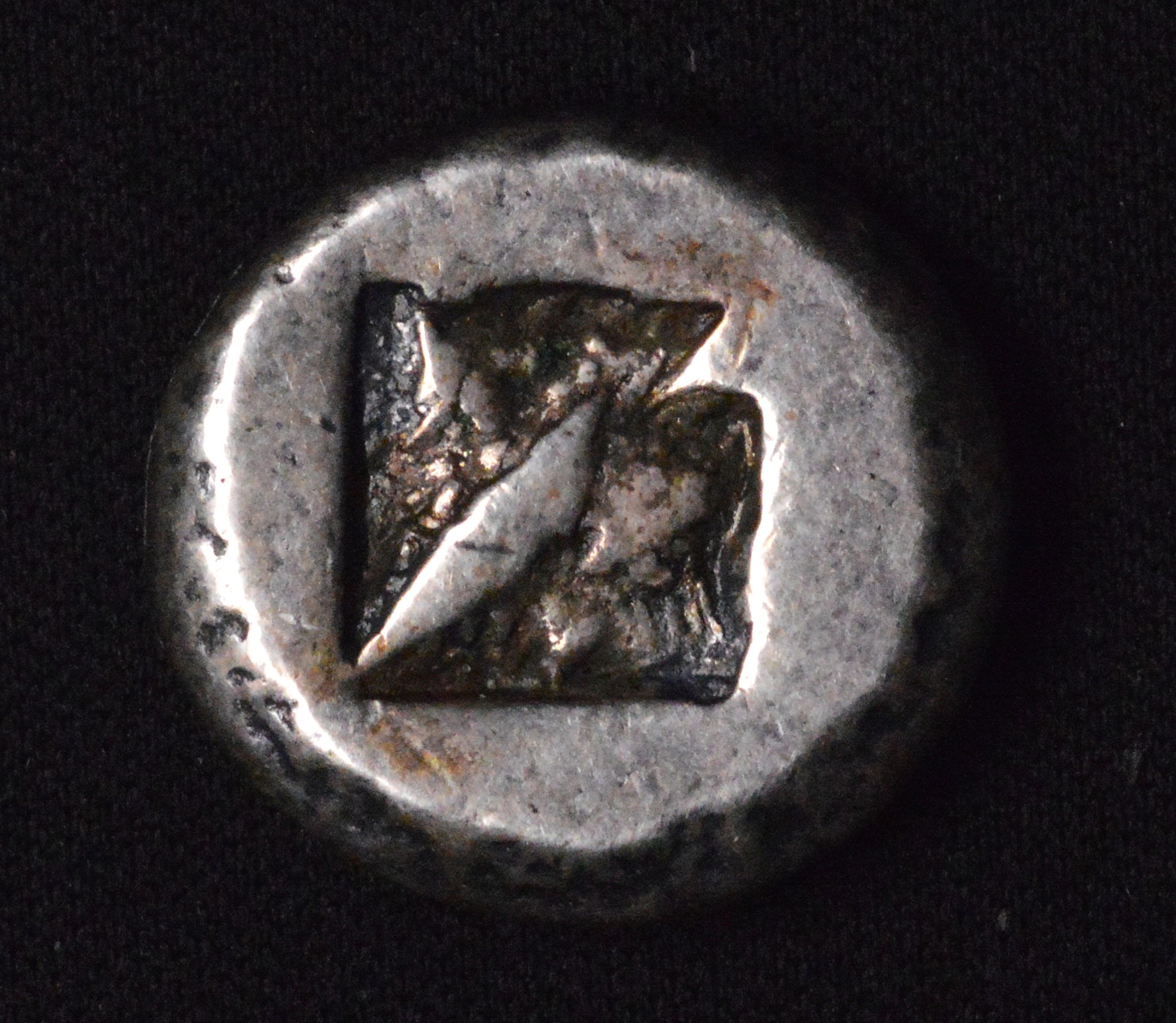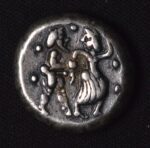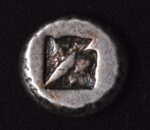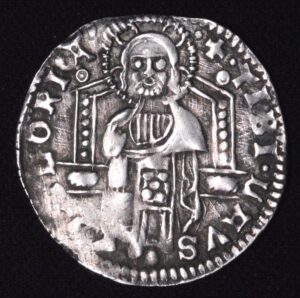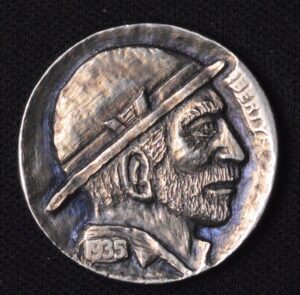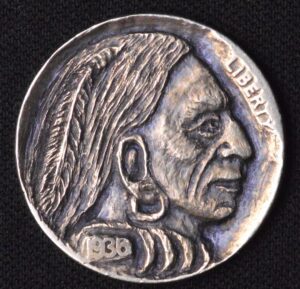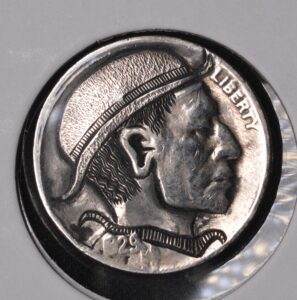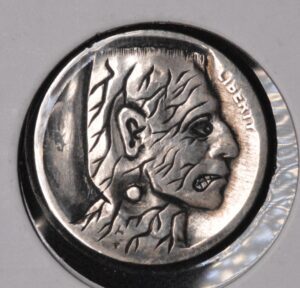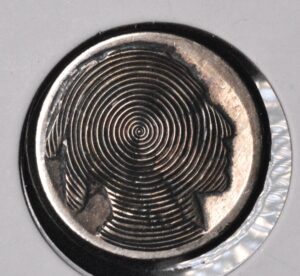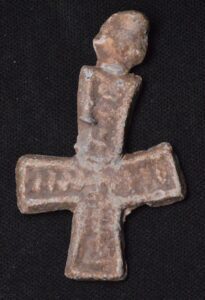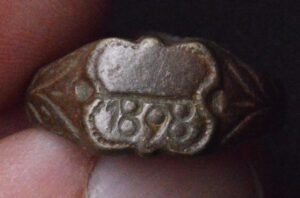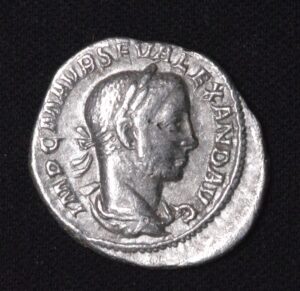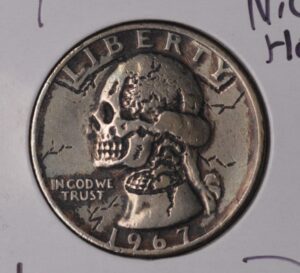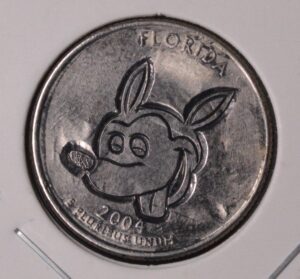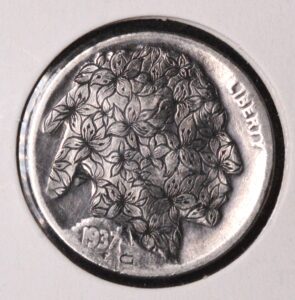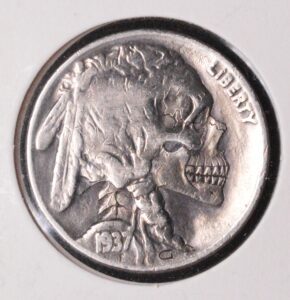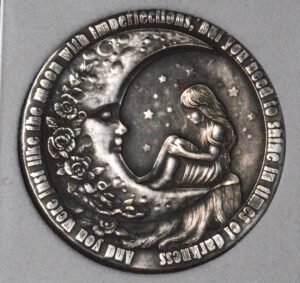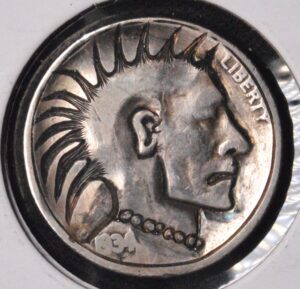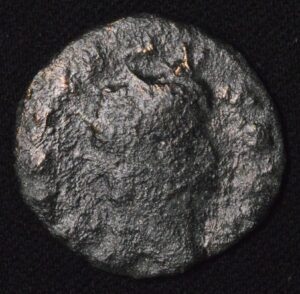Description
The Lete Stater is an ancient Greek silver coin minted in the city of Lete in Macedonia around 525 to 480 BC. This stater stands out for its bold and somewhat controversial imagery: the obverse depicts a naked, ithyphallic satyr aggressively seizing or struggling with a fleeing nymph, reflecting a mythological “rape” or forced abduction scene. This depiction is striking in its explicitness and raw portrayal of ancient myth and nature spirits, which was rare but meaningful in early Greek art.
The reverse typically features a simple design like a diagonally divided incuse square with dots, a common motif among archaic coinage, emphasizing the functional and symbolic aspects of early coinage rather than complex decoration. The imagery on the obverse is thought to symbolize fertility, wilderness, and the untamed powers of nature commonly associated with satyrs and nymphs in Greek mythology.
While original Lete staters with this provocative scene are rare and highly prized by collectors and historians, there are many modern reproductions that replicate the design for educational, decorative, or novelty purposes. Although reproductions have no significant monetary value compared to originals, they serve as interesting artifacts for those fascinated by ancient Greek culture and iconography.
The coin’s imagery offers insight into how the ancient Greeks viewed mythological themes—combining both reverence and candid storytelling—and reflects the local culture’s artistic conventions. It also highlights how coins served as more than currency; they were carriers of cultural identity, power, and religious beliefs.
In summary, the Lete Stater with the naked satyr and struggling nymph scene is a fascinating artifact blending economics, art, and mythology. Whether an original or a reproduction, it captures a vivid, culturally rich snapshot of ancient Greek life and beliefs, making it a cool piece for history enthusiasts and collectors alike.
The Lete Stater is an ancient Greek silver coin minted in the city of Lete in Macedonia around 525 to 480 BC. This stater stands out for its bold and somewhat controversial imagery: the obverse depicts a naked, ithyphallic satyr aggressively seizing or struggling with a fleeing nymph, reflecting a mythological “rape” or forced abduction scene. This depiction is striking in its explicitness and raw portrayal of ancient myth and nature spirits, which was rare but meaningful in early Greek art.
The reverse typically features a simple design like a diagonally divided incuse square with dots, a common motif among archaic coinage, emphasizing the functional and symbolic aspects of early coinage rather than complex decoration. The imagery on the obverse is thought to symbolize fertility, wilderness, and the untamed powers of nature commonly associated with satyrs and nymphs in Greek mythology.
While original Lete staters with this provocative scene are rare and highly prized by collectors and historians, there are many modern reproductions that replicate the design for educational, decorative, or novelty purposes. Although reproductions have no significant monetary value compared to originals, they serve as interesting artifacts for those fascinated by ancient Greek culture and iconography.
The coin’s imagery offers insight into how the ancient Greeks viewed mythological themes—combining both reverence and candid storytelling—and reflects the local culture’s artistic conventions. It also highlights how coins served as more than currency; they were carriers of cultural identity, power, and religious beliefs.
In summary, the Lete Stater with the naked satyr and struggling nymph scene is a fascinating artifact blending economics, art, and mythology. Whether an original or a reproduction, it captures a vivid, culturally rich snapshot of ancient Greek life and beliefs, making it a cool piece for history enthusiasts and collectors alike.
The Lete Stater is an ancient Greek silver coin minted in the city of Lete in Macedonia around 525 to 480 BC. This stater stands out for its bold and somewhat controversial imagery: the obverse depicts a naked, ithyphallic satyr aggressively seizing or struggling with a fleeing nymph, reflecting a mythological “rape” or forced abduction scene. This depiction is striking in its explicitness and raw portrayal of ancient myth and nature spirits, which was rare but meaningful in early Greek art.
The reverse typically features a simple design like a diagonally divided incuse square with dots, a common motif among archaic coinage, emphasizing the functional and symbolic aspects of early coinage rather than complex decoration. The imagery on the obverse is thought to symbolize fertility, wilderness, and the untamed powers of nature commonly associated with satyrs and nymphs in Greek mythology.
While original Lete staters with this provocative scene are rare and highly prized by collectors and historians, there are many modern reproductions that replicate the design for educational, decorative, or novelty purposes. Although reproductions have no significant monetary value compared to originals, they serve as interesting artifacts for those fascinated by ancient Greek culture and iconography.
The coin’s imagery offers insight into how the ancient Greeks viewed mythological themes—combining both reverence and candid storytelling—and reflects the local culture’s artistic conventions. It also highlights how coins served as more than currency; they were carriers of cultural identity, power, and religious beliefs.
In summary, the Lete Stater with the naked satyr and struggling nymph scene is a fascinating artifact blending economics, art, and mythology. Whether an original or a reproduction, it captures a vivid, culturally rich snapshot of ancient Greek life and beliefs, making it a cool piece for history enthusiasts and collectors alike.
CUSTOMER FEEDBACK








Related Products & Newly Released!
-
$399.00
-
$30.00




SHIPPING POLICY
Your order is shipped from the United States with USPS tracking within one business day.
14 Day Return Policy
You can return your item back within
14 days of the purchase

Secure payments
Your payments are 100% secure and are processed through Square or PayPal on a protected security network.
SHIPPING POLICY
FREE International and Domestic (United States) shipping. Your order is shipped with USPS tracking 24 hours after you order.
14 Day Return Policy
You can return your item back within
14 days of the purchase

Secure payments
Your payments are 100% secure and are processed through Square or PayPal on a protected security network.
RESOURCES
support
Get Fresh Articles!
Sign up now to receive our articles for the latest insights and promotions!
RESOURCES
support
Get Fresh Articles!
Signup our newsletter to get update insight or promotions.

